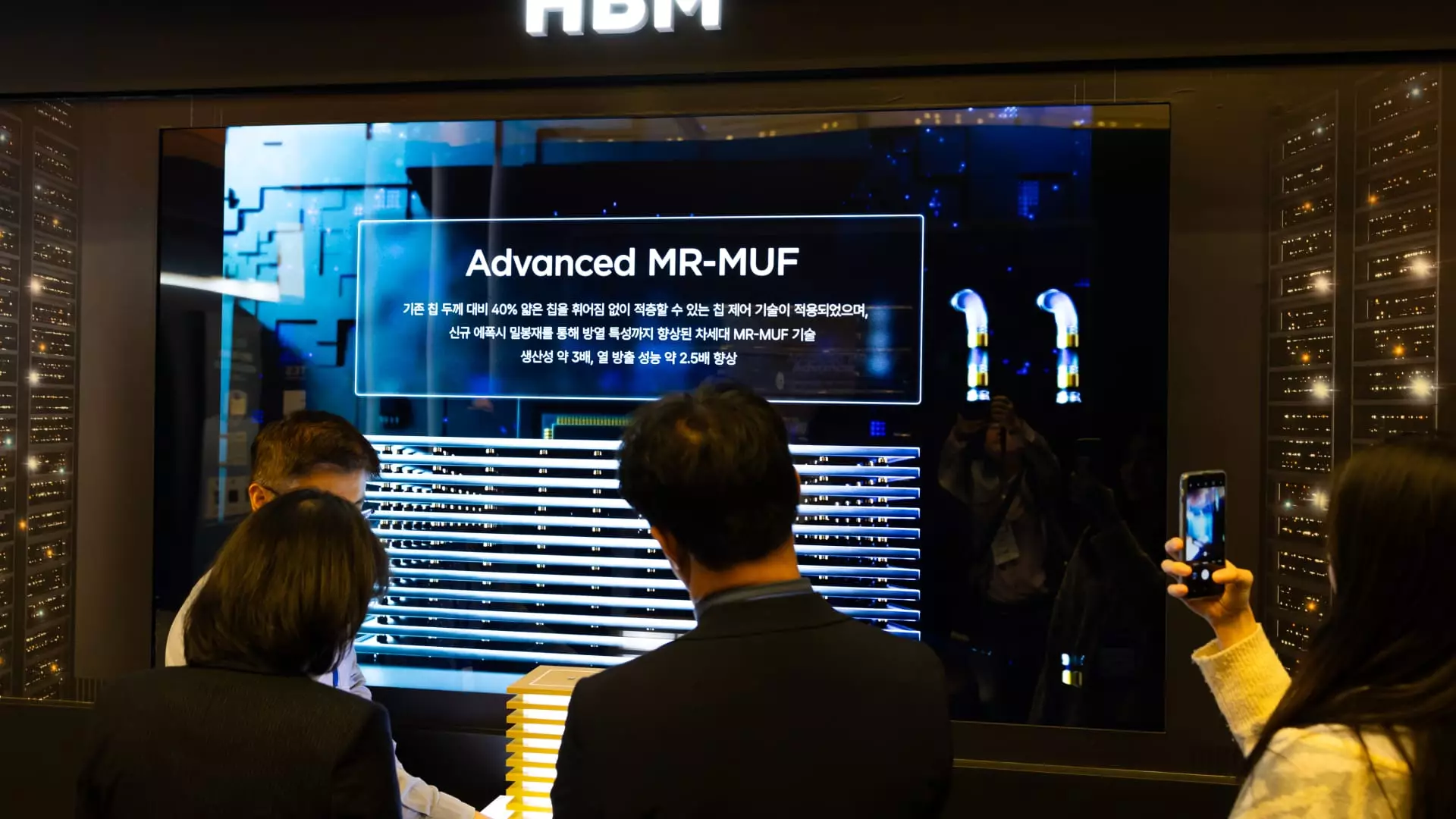In an era of technological warfare, South Korea has taken a decisive step to fortify its economy against external pressures by allocating an astonishing 33 trillion won ($23.25 billion) to bolster its semiconductor industry. This move has been deeply influenced by the ever-looming threat of U.S. tariffs, which have stirred anxiety among domestic firms and posed challenges to the nation’s economic equilibrium. With President Trump’s recent pronouncement of impending tariffs on electronic imports, South Korea’s response echoes a strategic necessity, rather than just a political reaction.
Amidst Turbulence, A Path Forward
The increased commitment of funds—reportedly 25% higher than last year’s allocation—highlights a ceaseless determination to maintain leadership in an industry that is arguably the backbone of modern-day technology. The South Korean government aims to alleviate the fears of its prominent companies, such as Samsung Electronics and SK Hynix, which are pivotal in the global semiconductor supply chain. By subsidizing crucial infrastructure developments, including the construction of underground power lines for semiconductor clusters, the government is not just protecting businesses but reinforcing a national asset intrinsic to South Korea’s economic identity.
Nurturing Talent: An Investment in the Future
Notably, this financial package is not limited to mere monetary loans or construction initiatives; it also emphasizes the importance of human capital. The introduction of training and research programs for master’s and doctoral students signifies a forward-thinking approach to addressing potential skill gaps within the industry. By integrating global talent into local research endeavors, South Korea is setting up a robust ecosystem where innovation can thrive, ultimately ensuring its competitive edge on the world stage.
A Domestic Response to Global Challenges
The backdrop of this monumental investment is underscored by actions taken by the U.S. Department of Commerce, which is poised to investigate the implications of semiconductor imports on national security. This prompts a strong reaction from South Korea, where the interplay between domestic interests and foreign policy becomes ever more complex. While some might view this conflict as a matter of global trade, one cannot overlook its ramifications on South Korean sovereignty and economic health. The government’s proactive stance reflects a belief that self-reliance must be a priority in the wake of external constraints.
A Fragile New Normal
Despite this robust support package, the future remains fraught with uncertainty. The semiconductor industry is not just a sector of economic activity; it encapsulates broader themes of technological independence and national security. As Trump’s administration signals a willingness to scrutinize foreign imports, South Korea’s investment arrives at a pivotal moment. The question remains: Will this be enough to insulate an economy heavily reliant on tech exports, or are we witnessing the beginning of a more significant upheaval in global supply chains?
Through this lens of advocacy for domestic strength, South Korea’s actions breed a sense of cautious optimism. The government’s dedication to sustaining its semiconductor dominance holds not just economic implications, but potential ripples throughout the geopolitical landscape. As the battle lines are drawn, may South Korea emerge not only resilient but as a beacon of innovation in the face of adversity.

Leave a Reply